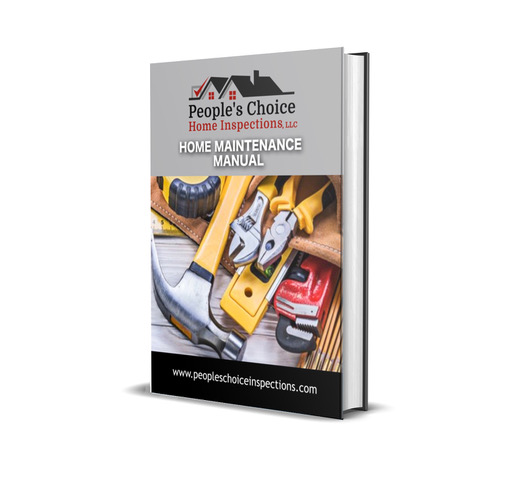Reasons to Do a Professional Mold Inspection After Water Damage
Are you suspecting mold issues after water damage?
Whenever your home sustains water damage, it’s important to consider the threat of mold growth. Even water damage that seemingly has a smaller extent can seriously heighten the risk of hidden mold in your property.
Mold isn’t something that you could afford to ignore. The unwanted growth has serious health implications and carries the risk of property damage as well, warns Dawson Property Management. Quick intervention is the key solution here.
Now we are going over the major reasons you should counter the spread of mold colonies in your home. Remember that the most reliable option you have is getting a professional mold inspection. It’s highly possible that the threat goes undetected otherwise.
#1: Adverse health effects
Mold is inherently unhealthy. While not all the individual mold strains belong to the health risk group, many types of mold can cause health ailments in susceptible persons.
Getting a mold inspection isn’t only a matter of your home’s look and feel. Evaluating your property for the type and extent of mold growth is essential due to potential health implications.
The following groups are at the highest risk of developing mold-related health problems:
- The elderly
- Immunocompromised people
- Children
- Pregnant women
- People suffering from chronic respiratory conditions
- Infants
There is a variety of health problems that could be caused by mold growth in your home. Sometimes people who don’t belong to the mentioned risk groups develop symptoms too.
Some of the common symptoms of unhealthy mold exposure include the following:

- Lung infections
- Stuffy or runny nose and sneezing
- Hoarse throat and coughing
- Watery eyes
- Daytime tiredness
#2: Mold inside your HVAC system
Did your home suffer a major flood? The period following a big flood carries peak risk for mold infestations. When the water enters your home, it can easily compromise the HVAC system.
This dirty water may contain mold spores, which start to reside in your HVAC components. However, you’ll have a very difficult time assessing the potential mold damage inside the system. The best approach is getting professional help. Your HVAC system needs to be taken apart and the individual parts will be thoroughly disinfected.
#3: Ruined home aesthetics
When the mold starts expanding in your home, you’ll start noticing discoloration and ugly blotches. The underlying surfaces may get seriously damaged over time. These unsightly marks of mold growth will visibly harm the aesthetics of your home.
The aesthetic issues due to mold growth are serious for three reasons:
- You and your family’s quality of life will decrease.
- It may be uncomfortable to have guests over.
- Selling your home with mold damage will be very difficult.
#4: Lingering bad odor
Mold is accompanied by an unpleasant smell. When you have hidden mold in your home, you may find it difficult to trace the exact location of the odors. The ruined materials from water damage may produce bad odors, but it may be mold as well.
Catching a whiff of musty smell calls for a professional mold inspection. Only the use of the right tools and equipment can ensure that the culprit is found and the extent of the mold situation properly assessed.
#5: Ineffective DIY solutions
DIY solutions are often short-term and have only partial efficiency in tackling the mold problem. Instead of relying on homeowner’s mold removal guides, you will have the best chance of dealing with mold by partnering up with a professional.
However, there are things you can do to mitigate the risks of mold growth after water damage. You can take important safety precautions that will minimize and limit the extent of mold growth.
- Wear adequate PPEs such as sealed goggles and rubber gloves.
- Get immediate professional help when the water contained sewage.
- Accelerate the drying with the use of heaters and dehumidifiers.
- Throw away fiberglass and wallboard that has been soaked.
- Remove the water and dirt from tight spaces in your home.

- Open all your windows. The fresh air helps with ventilation.
- Disinfect, clean, and dry damp or soaked surfaces after flooding.
- Discard moldy or completely damaged carpeting and furnishings.
- Throw away soaked porous materials as these can trap mold spores.
In a nutshell: Mold Inspection After Water Damage
Water damage is a serious issue in your home that requires quick intervention. Any delays in addressing the damage raise the risk of mold growth. Whenever you have mold in your home, you and your family face potential health issues.
In addition to health risks, mold damages your home’s aesthetics and produces a foul smell. And sometimes the mold can start growing inside your HVAC system after flooding.
All of these potential issues can’t be addressed with a DIY approach. The best thing you can do is contact a reputable mold inspection company and get thorough feedback regarding your mold situation.
Call People’s Choice Home Inspections Today for your Mold Inspection in Charleston South Carolina.
We will perform a Visual Mold Inspection as well as perform Indoor Air Quality Testing and Surface Sampling and Results.



